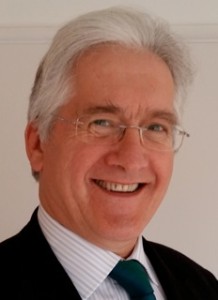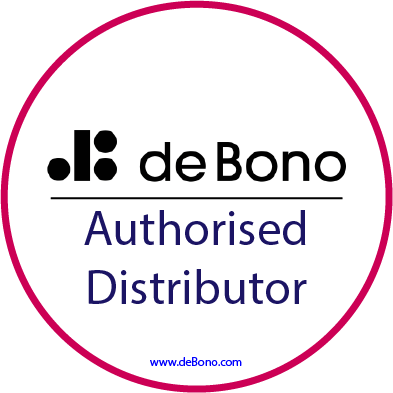By Richard White – Writing Dynamics™ Master Trainer

When you glance down the list of senders in your email inbox, do different names create different expectations?
Some people’s emails are a pleasure to read:
- you know they’ll be clear;
- to the point, but human;
- even friendly.
Others – well, less so.
So, when your name appears in someone’s inbox what expectations does it create?
Will they open it and deal with it immediately or will they leave it until later, perhaps when they’ll have more time or energy to deal with it?
Here are five top tips from our Writing Dynamics® and Grammar on the Rocks™ workshops to ensure your emails are read and digested quickly:
- A helpful subject line – clearly state the topic and consider including any actions and perhaps a deadline if you can fit it in.
- Add the human touch – emails usually fit somewhere on a scale between formal documents and conversations so think about adding a brief human touch at the beginning and end, as you would in a conversation to connect with the reader.
- Keep it clear – make sure your emails are clear, brief and to the point. The Writing Dynamics® workshop gives you a straightforward method to achieve this.
- Keep it short – short paragraphs are more appealing. If it’s a longer email then use headings to help readers that skim or speed-read.
- Easy to understand – brush up on your grammar and punctuation – they make your writing easy to understand. Get them right to really help your readers; our Grammar on the Rocks® workshop has helped many people refresh their knowledge.
For many of us, emails are our main form of communication at work, so it’ll pay you and your readers to make them as good as possible.
More information
 More about Richard White
More about Richard White
Richard White is a certified master trainer in Writing Dynamics™, Think on Your Feet®, The Skilled Presenter™ and Grammar on the Rocks™. He is also accredited to deliver Dr Edward de Bono’s Six Thinking Hats®, Lateral Thinking™ and Power of Perception™.
He brings a wide range of practical business experience to his training. He has worked in a corporate environment as an engineer, before spending 15 years managing customer service, marketing and sales departments. He subsequently held a senior position on people development programmes in BT. His corporate career gave him both first-hand knowledge of day-to-day management issues and the opportunity to play a leading part in many cutting-edge projects.


